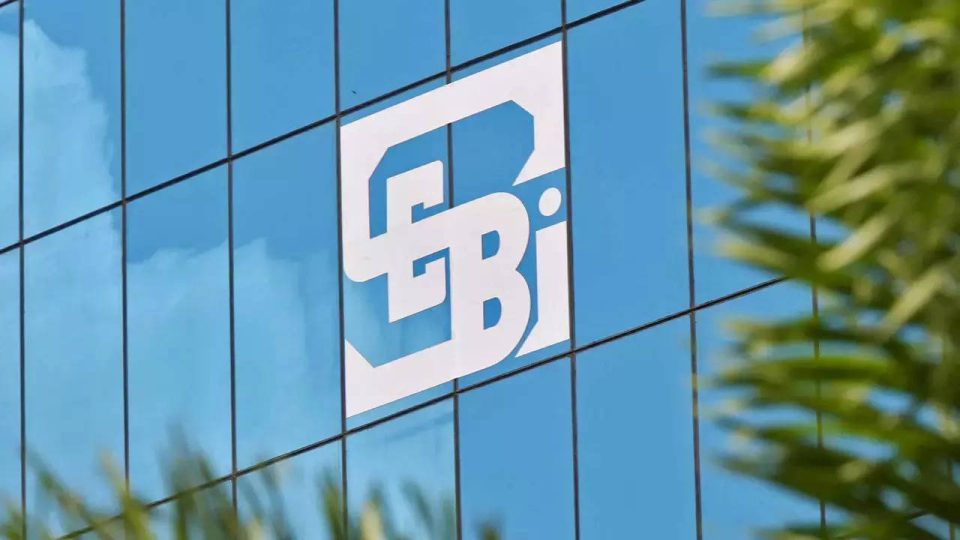The Securities and Exchange Board of India (Sebi) has allowed mutual funds with active Equity-Linked Savings Schemes (ELSS) to launch passive ELSS schemes so that new funding to such existing active schemes ceases.
Earlier, asset managers could initiate active or passive ELSS schemes.
Investments under the ELSS scheme have a three-year lock-in period and are eligible for a deduction of up to Rs 1.5 lakh per financial year under Section 80C of the I-T Act. It has one of the shortest lock-in periods compared to other tax-efficient products. For example, PPF is a popular instrument for investors with a higher lock-up period of over 15 years.
Compared to active schemes that charge over 1%, passive ELSS has lower fees with an expense ratio of 10-25 basis points. Experts say lower expense ratios can help investors earn higher returns, especially over longer horizons of 10-15 years.
ELSS must invest at least 80% of its assets in equity and equity-related instruments.
Assets under management (AUM) in the ELSS category exceeded Rs 1.5 trillion on December 31, 2022.
In December, IIFL Mutual Fund announced the new fund offer of IIFL ELSS Nifty 50 Tax Saver Index Fund, India’s first tax-efficient index fund based on the Nifty50 Index.
In a circular last year, the regulator allowed MF houses to introduce passive ELSS schemes from July 1, 2022.
A passive ELSS scheme should be based on one of the indices consisting of the stocks of the top 250 companies by market capitalisation.
Fund houses that halt the flow of new funds in existing active schemes must offer investors the option to redeem units without an exit load, subject to lock-in requirements.
 Live
Live

